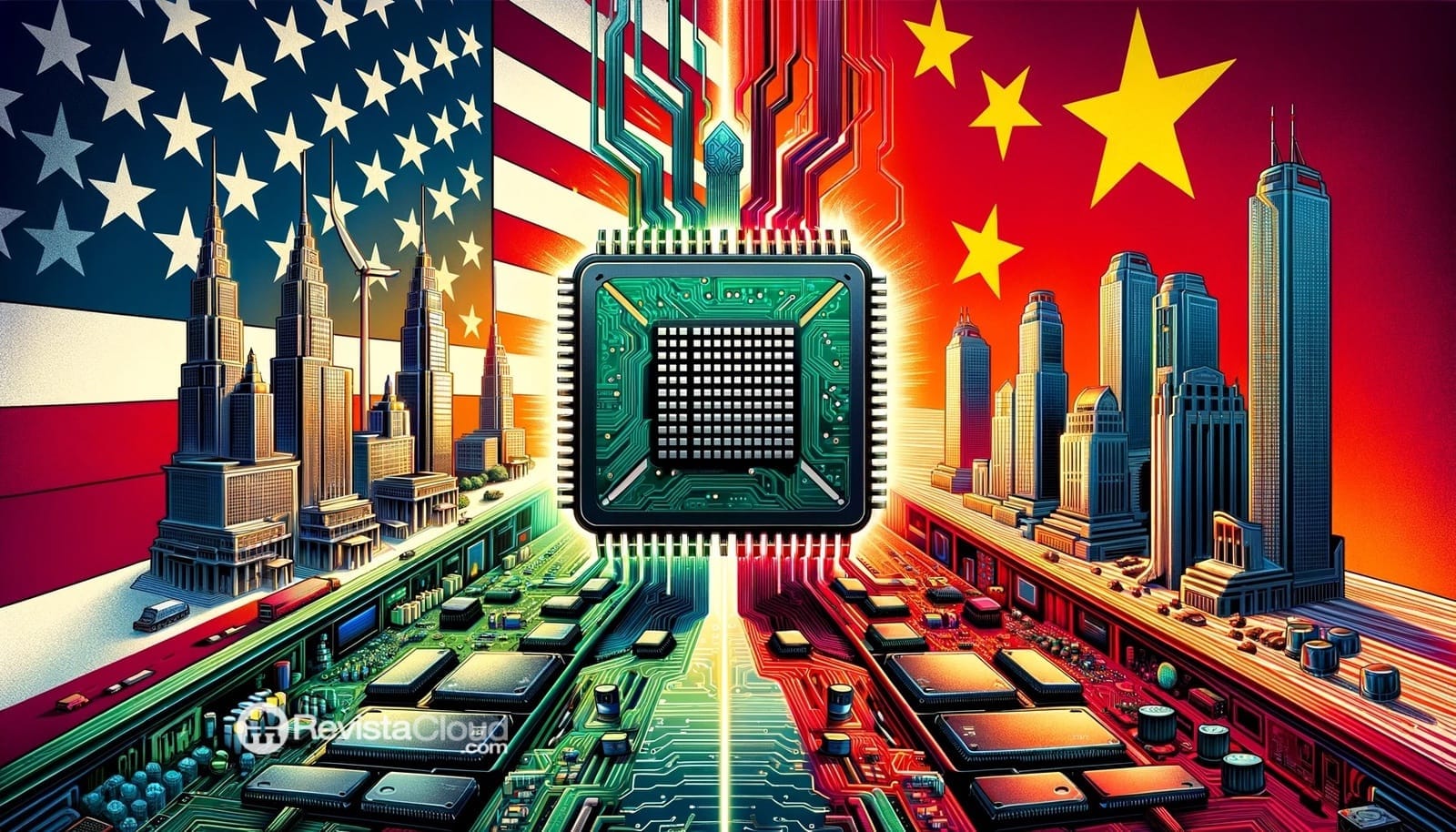In a move that reflects the growing tension between the United States and China in the technological realm, the Chinese government has made an unprecedented decision to prohibit the use of processors manufactured by AMD and Intel in computers intended for government use. This shift in technological policy not only intensifies the trade war between the two superpowers, but also marks a turning point in China’s strategy for technological independence.
Reasons Behind the Decision
The measure aims at a clear intention from Beijing to strengthen its security and privacy by adopting national technologies. This step towards technological self-sufficiency reflects China’s mistrust in foreign components, especially in a context where privacy and information security are top priorities for the government.
Impact on the Global Technological Ecosystem
The decision to exclude two of the world’s largest processor manufacturers from Chinese government systems will not only affect the operations and strategies of AMD and Intel, but will also alter the competitive landscape in the semiconductor industry. According to reports, Intel derived 27% of its revenue from China in 2023, underscoring the market’s importance for US technology companies.
Local Response: Fostering National Alternatives
As an alternative to AMD and Intel processors, China is turning to local solutions developed by companies such as Huawei, Loongson, Phytium, and Zhaoxin. These national companies are emerging as key players in China’s effort to achieve self-sufficiency in semiconductor technology, offering processors that, while not yet on par with their Western counterparts in certain aspects, more than meet government needs.
Beyond Processors: A Shift in Software
In addition to the ban on processors, the Chinese government has also recommended moving away from Microsoft’s Windows operating system, suggesting a transition to Linux distributions like Red Flag that support national processors from Loongson, Sunway, Kunpeng, Feiteng, Haiguang, and Zhaoxin. This change not only affects hardware infrastructure but also the software operating on government systems, expanding the spectrum of technological independence.
Consequences and Future Outlook
The ban on AMD and Intel CPUs in government computers reflects China’s broader strategy to strengthen its technological sector amid international tensions. As China continues to invest in its semiconductor manufacturing capabilities and software development, the impact of these policies will resonate beyond its borders, affecting the global dynamics of the technology market.
What Comes Next?
The future of the technological relationship between China and the United States remains uncertain. With both countries investing heavily in their technological infrastructure, the competition for supremacy in the semiconductor and artificial intelligence fields is intensifying. As China moves towards technological self-sufficiency, the world watches closely how this ambition will reshape global alliances and commercial strategies in the 21st century.
In this rapidly changing scenario, adaptability and innovation will be key for companies and governments to successfully navigate the turbulent waters of technological geopolitics. China’s decision to ban AMD and Intel CPUs in its government computers is not just a step towards technological independence, but also a reminder of the strategic power that technology holds on the world stage.
References: [wccfTech](https://wccftech.com/intel-amd-cpus-blocked-by-china-no-government-pc-to-use-chips-from-us-companies/) and [El chapuzas informático](https://elchapuzasinformatico.com/2024/03/china-prohibe-cpu-amd-intel-en-ordenadores-gubernamentales/).

